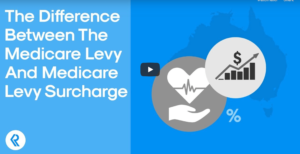
Medicare Levy & Medicare Levy Surcharge Explained
Medicare Levy & Medicare Levy Surcharge Explained. To have access to a great public healthcare system, most Australian residents pay the Medicare Levy, which is 2% of taxable income.

Medicare Levy & Medicare Levy Surcharge Explained. To have access to a great public healthcare system, most Australian residents pay the Medicare Levy, which is 2% of taxable income.
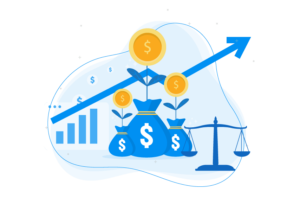
How to Value Shares & Stocks Earnings Power Value (EPV) Valuation, in a spreadsheet with an example.
How do you value shares or stocks using the Internal Rate of Return (IRR)? In this video, Owen explains how IRR can be used to value shares or stocks.
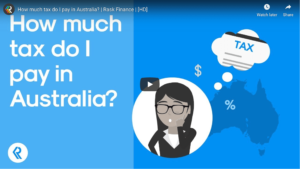
Australian Marginal Tax Rates Explained. In Australia, more income tax is paid for every dollar you earn, less your allowable tax deduction.
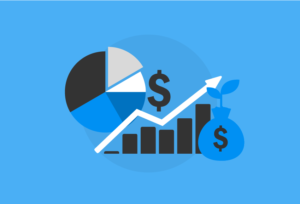
How to Value Earnings Growth with Bruce Greenwald’s Earnings Power Value (EPV) Earnings Multiplier calculation, in a spreadsheet.
Basis points are a finance way for saying percentages. For most of us saying “basis points” is really a useless term and just makes finance more confusing.
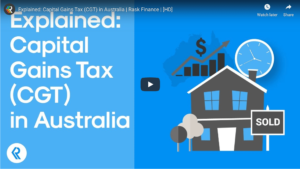
Capital Gains Tax or CGT is a tax that is paid when you sell an investment or asset for more than it cost to buy it.

In this video, Owen moves step-by-step through DDMs. He explains how to Value Stocks Using Dividend Discount Models (DDM), like the Gordon Growth Model and Multi-Stage DDMs.

Share broking accounts are like lovechild of Ebay/amazon and your online or internet banking. This tutorial explains how brokerages work and if they’re safe.
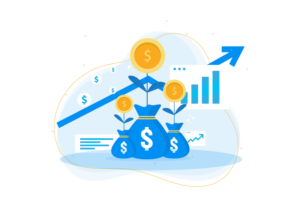
DCFs are the most common valuation technique used by analysts and investors to calculate the value of shares/stocks, businesses and companies.

Medicare Levy & Medicare Levy Surcharge Explained. To have access to a great public healthcare system, most Australian residents pay the Medicare Levy, which is 2% of taxable income.

How to Value Shares & Stocks Earnings Power Value (EPV) Valuation, in a spreadsheet with an example.
How do you value shares or stocks using the Internal Rate of Return (IRR)? In this video, Owen explains how IRR can be used to value shares or stocks.

Australian Marginal Tax Rates Explained. In Australia, more income tax is paid for every dollar you earn, less your allowable tax deduction.

How to Value Earnings Growth with Bruce Greenwald’s Earnings Power Value (EPV) Earnings Multiplier calculation, in a spreadsheet.
Basis points are a finance way for saying percentages. For most of us saying “basis points” is really a useless term and just makes finance more confusing.

Capital Gains Tax or CGT is a tax that is paid when you sell an investment or asset for more than it cost to buy it.

In this video, Owen moves step-by-step through DDMs. He explains how to Value Stocks Using Dividend Discount Models (DDM), like the Gordon Growth Model and Multi-Stage DDMs.

Share broking accounts are like lovechild of Ebay/amazon and your online or internet banking. This tutorial explains how brokerages work and if they’re safe.

DCFs are the most common valuation technique used by analysts and investors to calculate the value of shares/stocks, businesses and companies.
The information on this website is general financial advice only. That means, the advice does not take into account your objectives, financial situation or needs. Because of that, you should consider if the advice is appropriate to you and your needs, before acting on the information. In addition, you should obtain and read the product disclosure statement (PDS) and Target Market Determination before making a decision to acquire any financial product. If you don’t know what your needs are, you should consult a trusted and licensed financial adviser whoa can provide you with personal financial product advice. Please read our Terms & Conditions and Financial Services Guide before using this website.
“Rask Invest” is considered a financial product and has a Product Disclosure Statement (PDS) and Target Market Determination (TMD), issued by InvestSMART. These documents can be accessed on the Rask Invest website. Please seek professional advice before making any investment decision with respect to Rask Invest.
© Rask Australia 2024